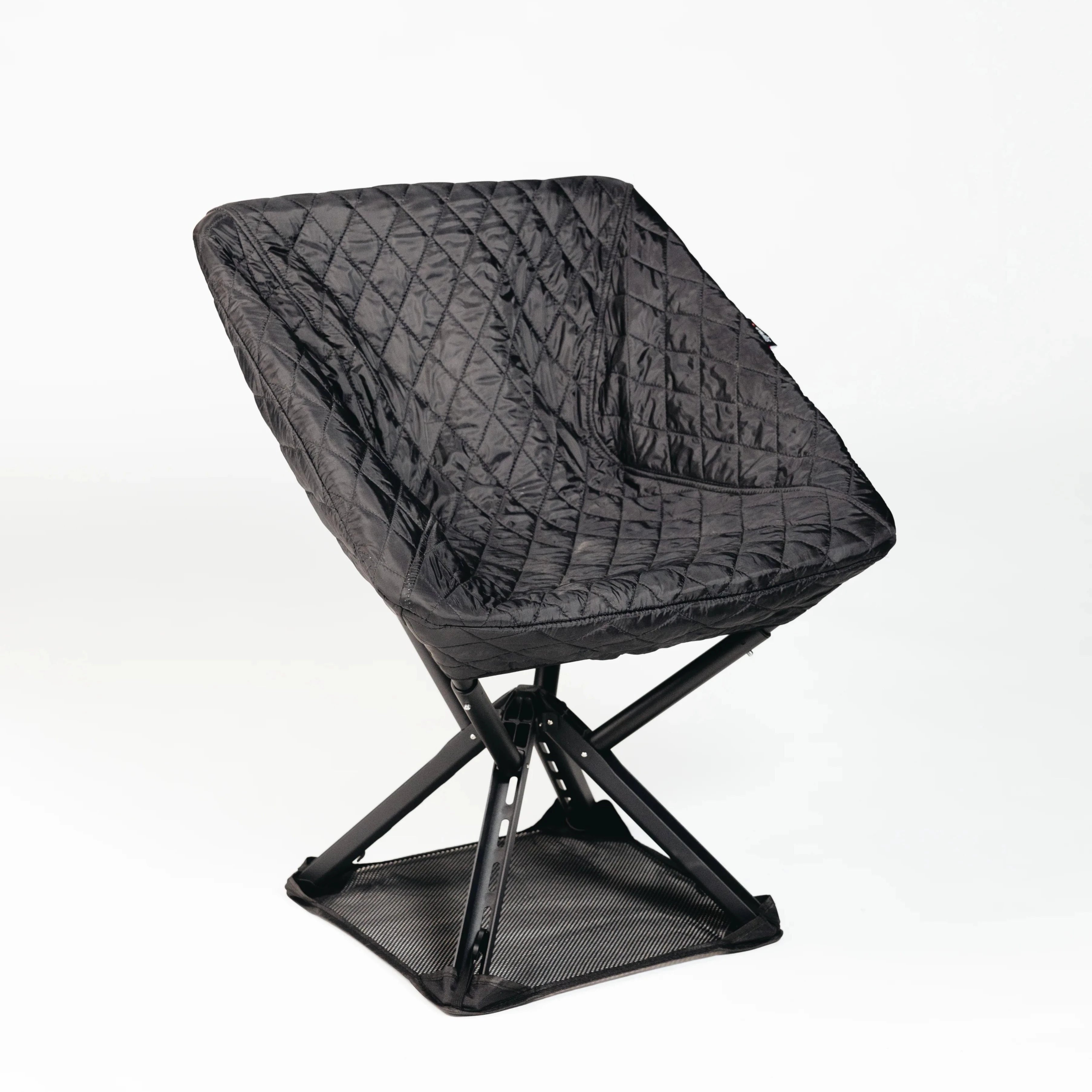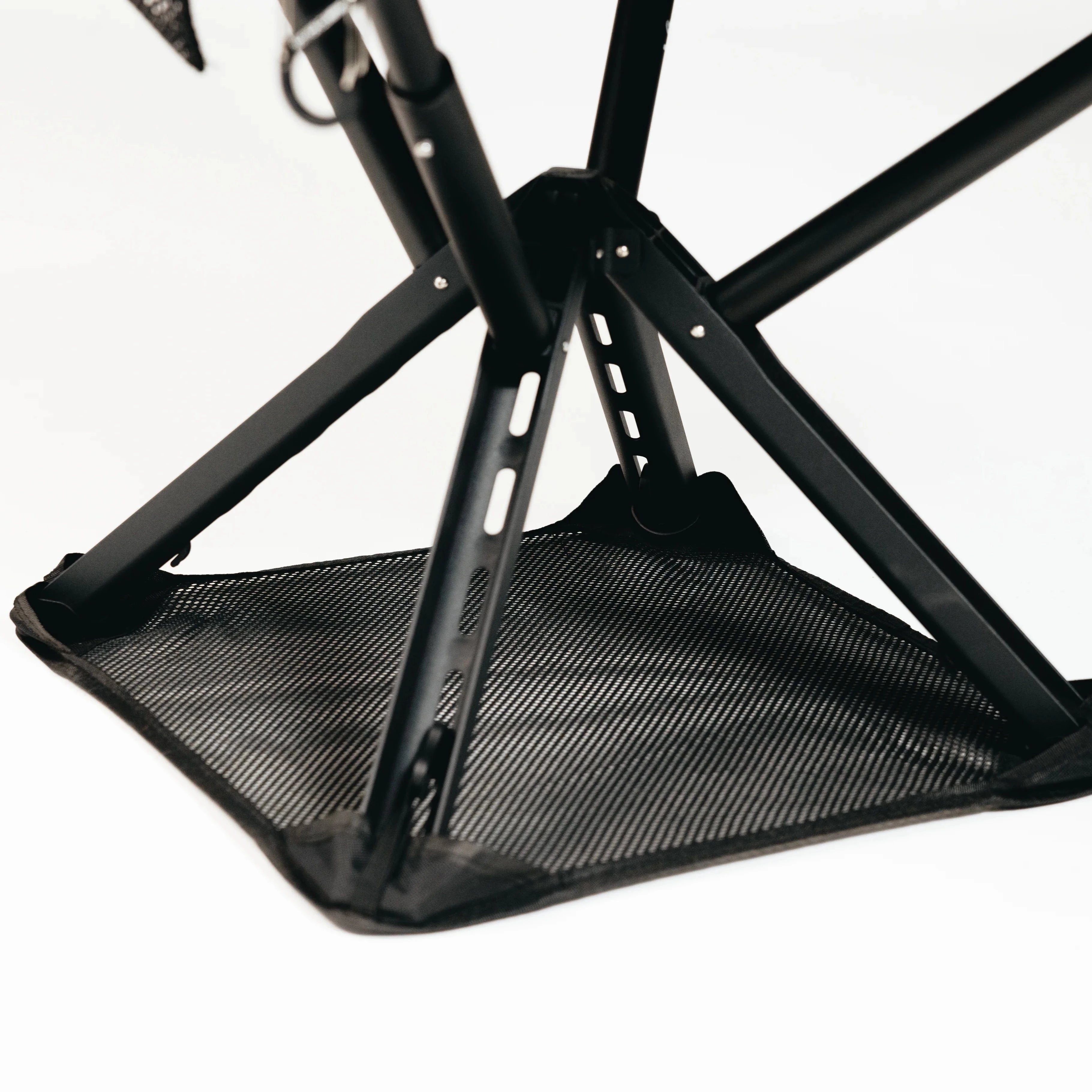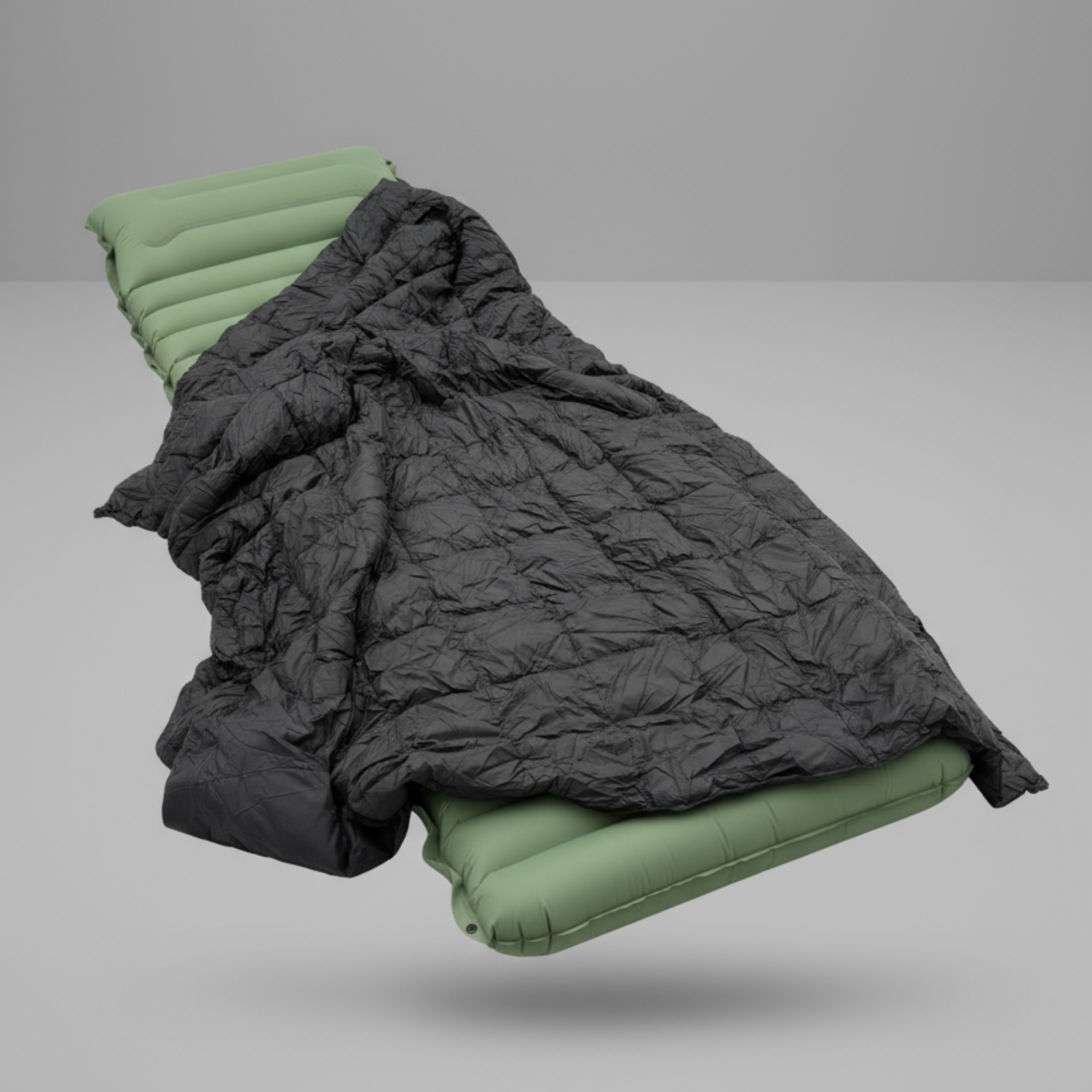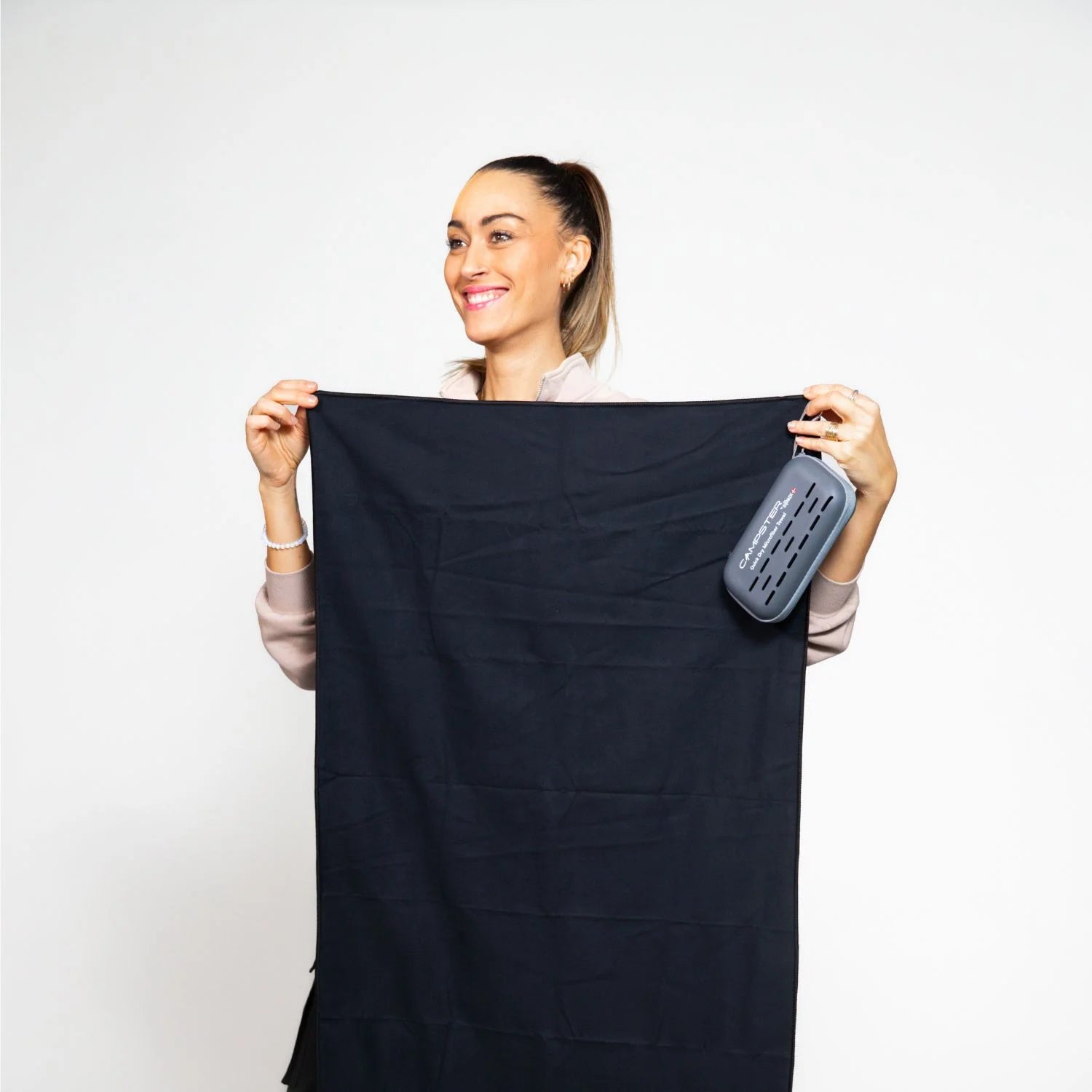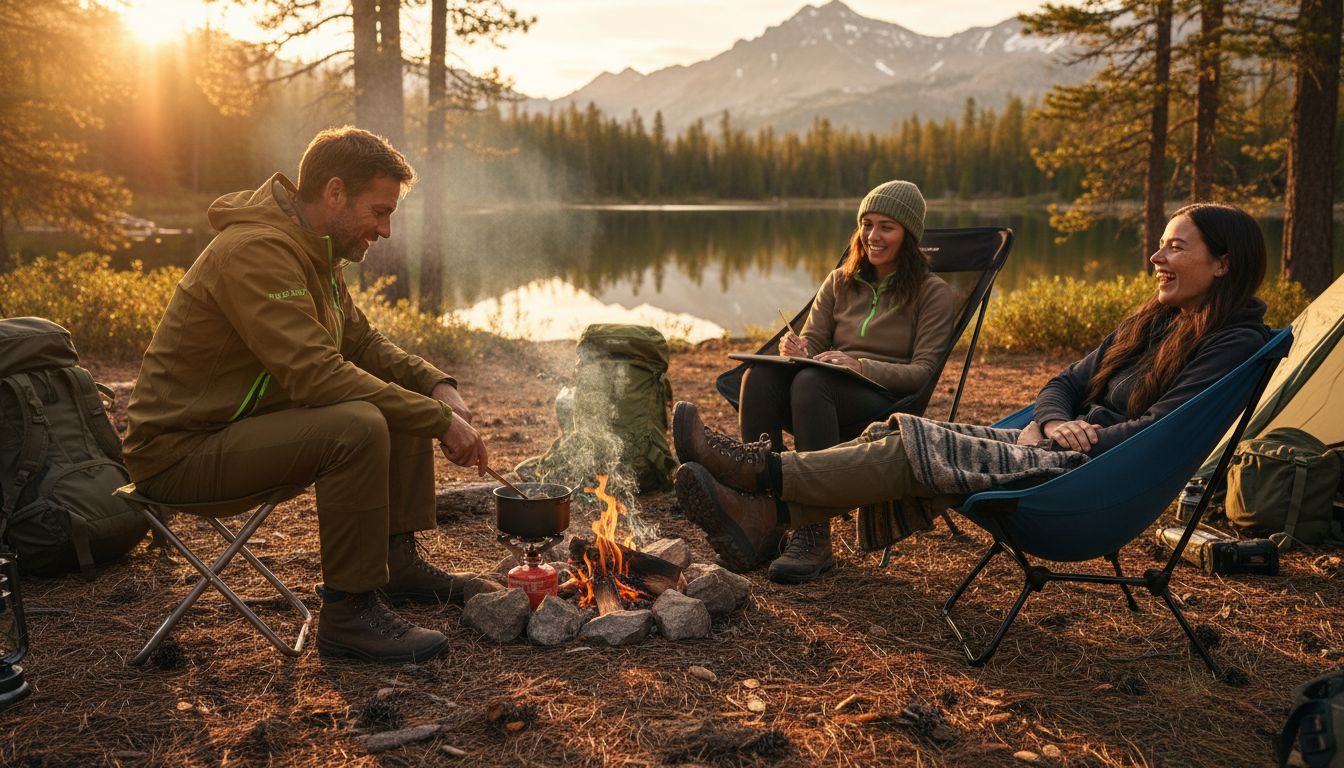More than 45 million americans participate in camping each year, and one small tool makes a big difference during every trip. Camp stools offer a clever answer when traditional chairs simply do not fit in a backpack or car trunk. Whether you love backcountry adventures or relaxing at a local park, discovering how a camp stool works could change the way you approach outdoor comfort and portability.
Table of Contents
- Core Definition And Function Of Camp Stools
- Popular Camp Stool Types And Designs
- Key Features: Portability, Comfort, And Durability
- Primary Uses: Camping, Travel, And Everyday Life
- Comparing Camp Stools To Other Portable Seating
- Common Mistakes And Maintenance Tips
Key Takeaways
| Point | Details |
|---|---|
| Camp stools are lightweight and portable. | Typically weighing between 1-3 pounds, camp stools offer a compact seating option ideal for outdoor activities. |
| Diverse designs cater to various needs. | Variations like minimalist stools and recliner chairs provide options for different outdoor scenarios and personal preferences. |
| Maintaining camp stools is crucial for longevity. | Proper cleaning, storage, and inspection practices help prevent damage and extend the lifespan of these portable seating solutions. |
| Ideal for multiple outdoor scenarios. | Camp stools serve well in camping, sports events, and urban settings, making them a versatile choice for spontaneous seating needs. |
Core Definition and Function of Camp Stools
A camp stool is a compact, lightweight portable seating solution specifically designed for outdoor environments where traditional chairs might be impractical or unavailable. According to Wikipedia, these minimalist seating devices are characterized by their portability and easy setup, typically featuring a simple folding mechanism that allows users to quickly deploy a sitting surface in remote or temporary settings.
Unlike standard chairs, camp stools prioritize functional minimalism. They generally lack back support, focusing instead on providing a stable, elevated platform for sitting. The design philosophy centers on three core attributes: lightweight construction, rapid deployment, and maximum portability. Most camp stools are engineered to weigh between 1-3 pounds, making them ideal for backpackers, hikers, campers, and outdoor enthusiasts who must carefully manage their gear weight.
Key Characteristics of Camp Stools
- Ultralight weight (typically 1-3 pounds)
- Compact folding design
- Minimal material construction
- Suitable for multiple outdoor environments
- Quick setup and breakdown
The primary function of a camp stool extends beyond mere sitting. These ingenious devices serve multiple purposes across various scenarios like camping trips, outdoor concerts, sporting events, beach outings, and emergency preparedness situations. Whether you’re a seasoned backpacker needing a lightweight rest option or a casual outdoor enthusiast seeking convenient seating, camp stools offer a versatile solution that balances comfort with practicality.
Popular Camp Stool Types and Designs
Camp stools come in a remarkable variety of designs, each tailored to specific outdoor needs and preferences. According to Popular Outdoor Sports, the market offers several distinct types of camping stools, primarily categorized into foldable stools, collapsible stools, and stool chairs. These variations provide outdoor enthusiasts with multiple options to suit different environments and personal comfort requirements.
The diversity of camp stool designs reflects the nuanced demands of outdoor adventurers. Goritta highlights an even broader spectrum of options, ranging from minimalist designs to more elaborate seating solutions. Some notable variations include:
Popular Camp Stool Configurations
- Minimalist Stools: Ultra-lightweight, basic design
- Kermit Chairs: Compact folding mechanisms
- Moon Chairs: Bucket-style rounded seating
- Recliner Chairs: Adjustable positioning options
- High-Back Chairs: Enhanced support for longer sitting periods
The choice of camp stool depends on multiple factors including weight capacity, packability, intended terrain, and specific outdoor activity. Backpackers might prioritize ultralight minimalist stools, while car campers could opt for more robust designs with additional features like built-in cup holders or enhanced stability. Ultimately, the perfect camp stool balances portability, comfort, and functionality to meet the unique needs of individual outdoor enthusiasts.

Key Features: Portability, Comfort, and Durability
When selecting a camp stool, three critical attributes define its overall quality and performance: portability, comfort, and durability. These interconnected features determine how well a camp stool will serve outdoor enthusiasts across various environments and activities. Manufacturers carefully balance these elements to create seating solutions that meet the diverse needs of campers, hikers, and outdoor adventurers.
Portability takes center stage in camp stool design. As demonstrated by Braze Tools, top-tier camp stools like the Timber Ridge Lightweight Folding Stool showcase how sophisticated engineering can create incredibly lightweight yet robust seating options. The ideal camp stool weighs between 1-3 pounds, folds compactly, and can be easily transported in a backpack or vehicle storage compartment. Materials play a crucial role in achieving this balance, with manufacturers utilizing lightweight yet strong materials like aluminum, reinforced polymers, and carefully selected wood varieties.
Critical Performance Characteristics
- Weight under 3 pounds
- Compact folding mechanism
- Robust material construction
- Comfortable seating surface
- Reliable weight capacity
Comfort and durability are equally important considerations. Popular Outdoor Sports highlights examples like the GCI Outdoor Freestyle Rocker, which demonstrates how innovative design can enhance user experience through features like rocking mechanisms and substantial weight capacities. A high-quality camp stool typically supports between 225-300 pounds, with ergonomic design elements that provide stability and support. The best models incorporate thoughtful touches like contoured seats, reinforced leg structures, and materials that resist environmental wear from moisture, sunlight, and temperature variations.
Primary Uses: Camping, Travel, and Everyday Life
Camp stools transcend their origins as simple outdoor gear, emerging as versatile seating solutions adaptable to numerous scenarios beyond traditional camping environments. According to Wikipedia, these lightweight chairs are fundamentally designed for temporary quarters and outdoor settings, making them incredibly flexible across different lifestyle contexts.
In outdoor recreation, camp stools prove indispensable for activities ranging from wilderness camping to beach outings and music festivals. Director’s Chair Wikipedia emphasizes their key attribute of “easy portability and quick setup,” which makes them perfect for spontaneous seating needs. Backpackers, hunters, fishing enthusiasts, and outdoor photographers particularly appreciate these compact seating solutions that can be deployed instantly in remote or challenging terrains.
Versatile Use Cases
- Camping and Backpacking: Primary wilderness companion
- Sports and Outdoor Events: Portable spectator seating
- Photography and Wildlife Observation: Stable platform for extended waiting
- Emergency and Disaster Preparedness: Lightweight emergency seating
- Home and Garden: Supplemental flexible seating option
Beyond recreational use, camp stools have found surprising utility in professional and urban contexts. Photographers, film crews, artists, and event staff often rely on these lightweight chairs for quick, convenient seating during long shoots or extended work periods. Their compact nature makes them ideal for urban dwellers with limited space, offering a practical seating solution that can be easily stored in small apartments, vehicles, or studio workshops.
Comparing Camp Stools to Other Portable Seating
Portable seating options vary widely, with camp stools representing a unique niche in the outdoor furniture ecosystem. According to Wikipedia, camp stools differ significantly from traditional camping chairs, primarily in their minimalist design and lack of back support. This fundamental distinction sets them apart from more elaborate portable seating solutions, offering a lightweight and ultra-compact alternative for outdoor enthusiasts.
Comparative Seating Characteristics
- Camp Stools: Minimalist, ultralight design
- Camping Chairs: Full back support, heavier
- Director’s Chairs: Fabric seat and back, more structured
- Inflatable Seats: Lightweight but less stable
- Bench-Style Portable Seats: Bulkier, less versatile
As highlighted by the Director’s Chair Wikipedia, portable seating has evolved to meet diverse needs. While director’s chairs offer a more structured design with canvas seats and backs that fold using a scissors mechanism, camp stools prioritize extreme portability and weight reduction. The key differentiator lies in their design philosophy: camp stools are engineered for absolute minimalism, typically weighing less than 3 pounds and collapsing into incredibly compact forms.
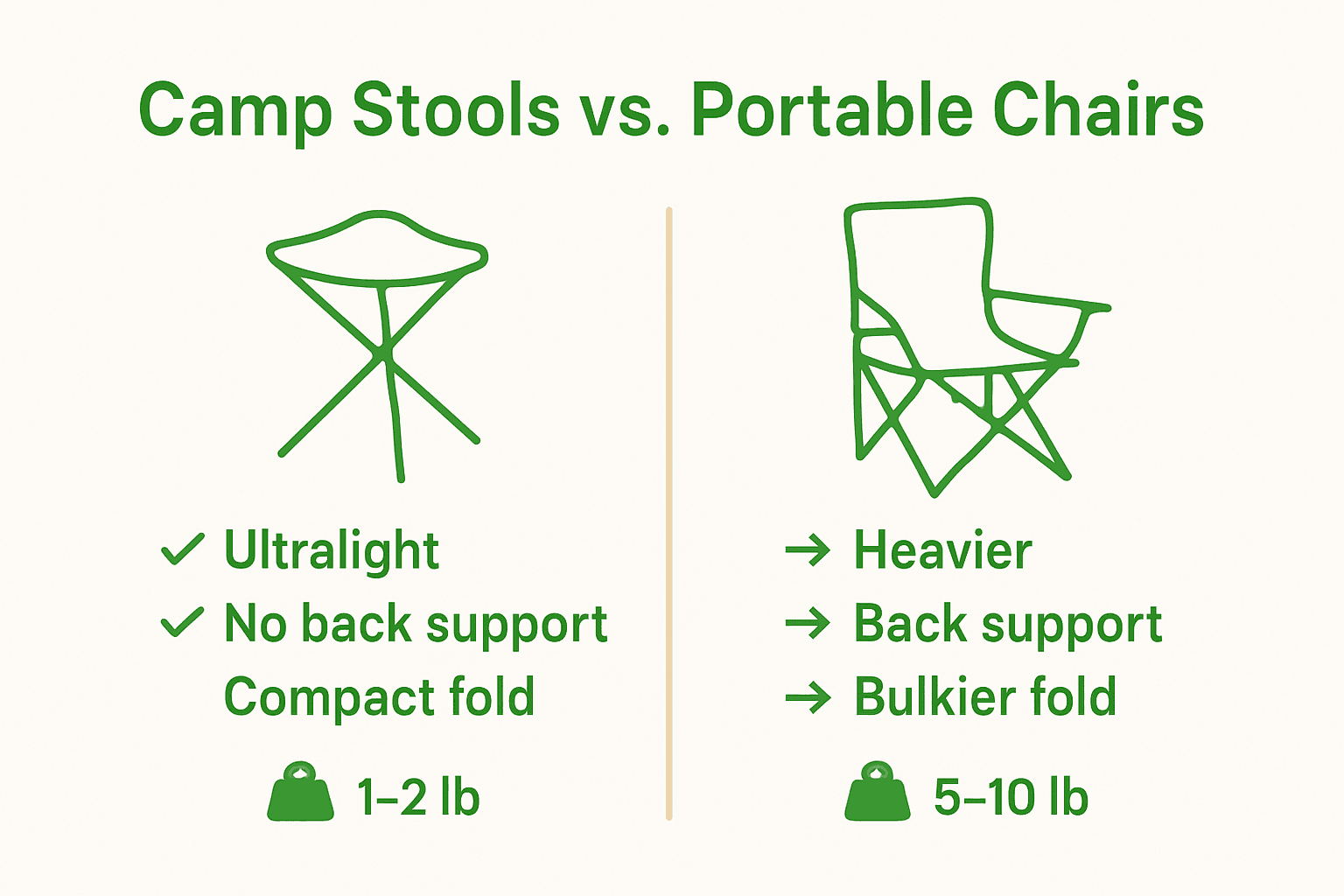
Practical considerations drive the choice between different portable seating options. Backpackers and minimalist travelers typically gravitate toward camp stools for their near-zero weight penalty, while casual campers might prefer more substantial chairs with additional comfort features. Urban dwellers and emergency preparedness enthusiasts appreciate camp stools for their ability to provide instant seating in tight spaces, making them a versatile solution that bridges the gap between traditional chairs and more specialized portable seating alternatives.
Common Mistakes and Maintenance Tips
Camp stools represent a significant investment in portable comfort, yet many outdoor enthusiasts unknowingly compromise their durability through common maintenance oversights. As demonstrated by Braze Tools, quality camp stools like the Timber Ridge Lightweight Folding Stool are crafted from premium materials that require deliberate, thoughtful care to maintain their structural integrity and performance over time.
Critical Maintenance Practices
- Cleaning: Wipe down after each use
- Drying: Completely air dry before storage
- Storage: Keep in cool, dry environment
- Inspection: Regular check for structural damage
- Lubrication: Periodically oil moving metal joints
Most camp stool failures stem from preventable user errors. Popular Outdoor Sports highlights the importance of understanding weight capacities, noting that exceeding recommended limits can compromise structural stability. Typical mistakes include overloading the stool, storing it while wet, exposing it to extreme temperatures, and neglecting basic cleaning and maintenance routines.
Proper maintenance extends far beyond simple cleaning. Users should develop a systematic approach that includes thorough post-trip inspection, careful cleaning with mild soap, complete air drying, and storage in a temperature-controlled environment away from direct sunlight. Metal components require occasional light lubrication, while fabric surfaces benefit from gentle spot cleaning and occasional waterproofing treatments. By implementing these strategies, outdoor enthusiasts can significantly extend their camp stool’s functional lifespan and maintain its reliable performance across numerous adventures.
Discover Portable Seating That Matches Your Outdoor Adventures
Finding lightweight, durable seating that delivers quick setup and lasting comfort can be a challenge when you are exploring the outdoors. This article highlights how camp stools focus on ultralight design, portability, and durability—all critical for anyone who needs reliable seating that won’t weigh them down or complicate their journey. If you have ever struggled with bulky chairs or unstable stools, you understand the value of compact solutions engineered for easy transport and stability.
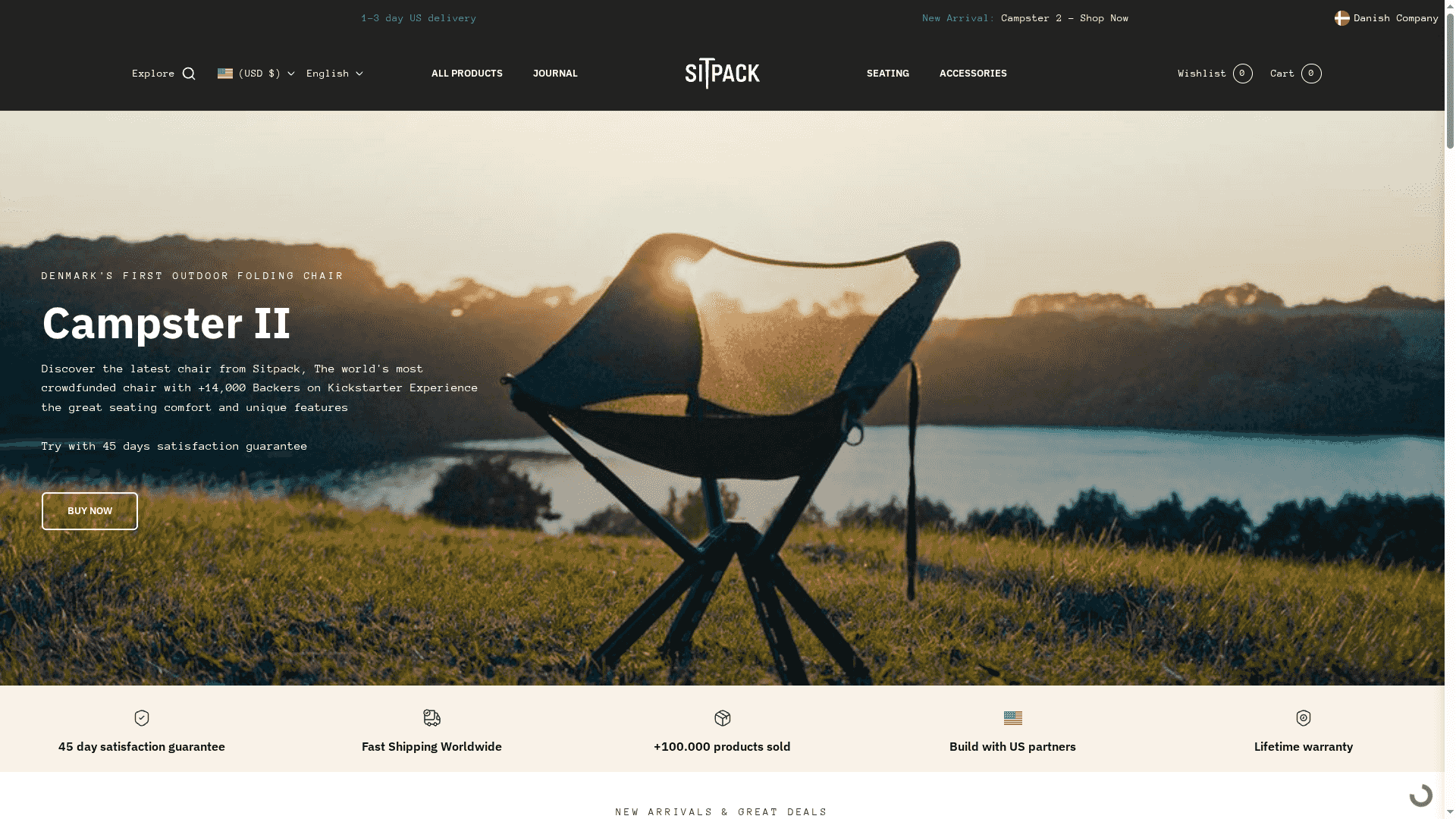
Experience the perfect blend of practicality and comfort with innovative seating from Sitpack. Our Campster II and Sitpack Zen models offer the ideal balance of lightweight construction and robust materials so you can sit comfortably wherever your adventures take you. Don’t wait until your next trip to upgrade your gear. Visit Sitpack now to explore our best-selling portable chairs, and start traveling lighter and seating smarter today.
Frequently Asked Questions
What is a camp stool?
A camp stool is a lightweight, portable seating solution designed for outdoor environments. It typically features a minimalist design that focuses on easy setup and portability, making it ideal for camping, hiking, and other outdoor activities.
What are the main benefits of using a camp stool?
Camp stools offer several benefits, including their lightweight construction (usually between 1-3 pounds), compact folding design for easy transport, and versatility for various outdoor settings, such as camping trips, concerts, and emergency preparedness situations.
How do I maintain my camp stool for longevity?
To maintain your camp stool, regularly clean it after use, ensure it is completely dry before storage, inspect for any structural damage, and periodically lubricate metal joints. Store it in a cool, dry environment away from direct sunlight to prevent wear and tear.
How do camp stools differ from traditional camping chairs?
Camp stools differ from traditional camping chairs primarily in their minimalist design. Stools typically lack back support and prioritize portability, making them lighter and easier to carry compared to fuller-featured camping chairs that provide more comfort but are bulkier.
